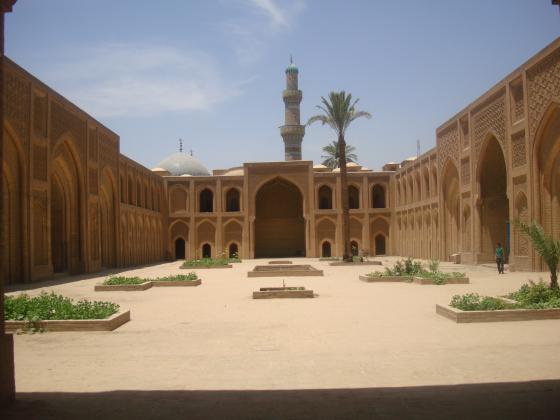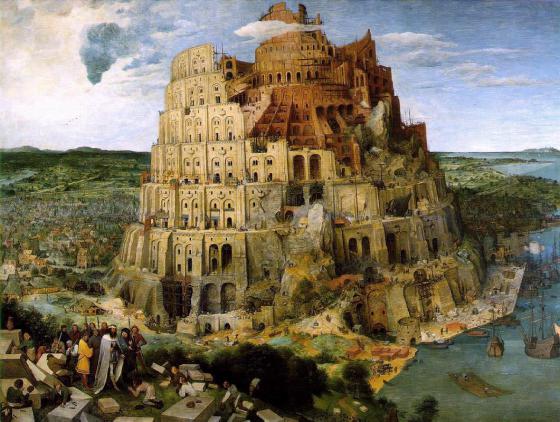
The construction of Baghdad was commissioned in the year 762; Baghdad became the capital of the Abbasid Caliphate in the 8th century.
The second Abbasid Caliph Abu Jaafar Al Mansur commissioned the construction of Baghdad which became the capital of the Abbasid Caliphate in the 8th century. During the period beginning in the mid-8th century and lasting until the Mongol conquest of Baghdad in the mid-13th century, the city became a great center of civilizations at the crux of economic and informational trade routes. Universities were established, science, math, philosophy, and medicine flourished, and literature reached its height.
